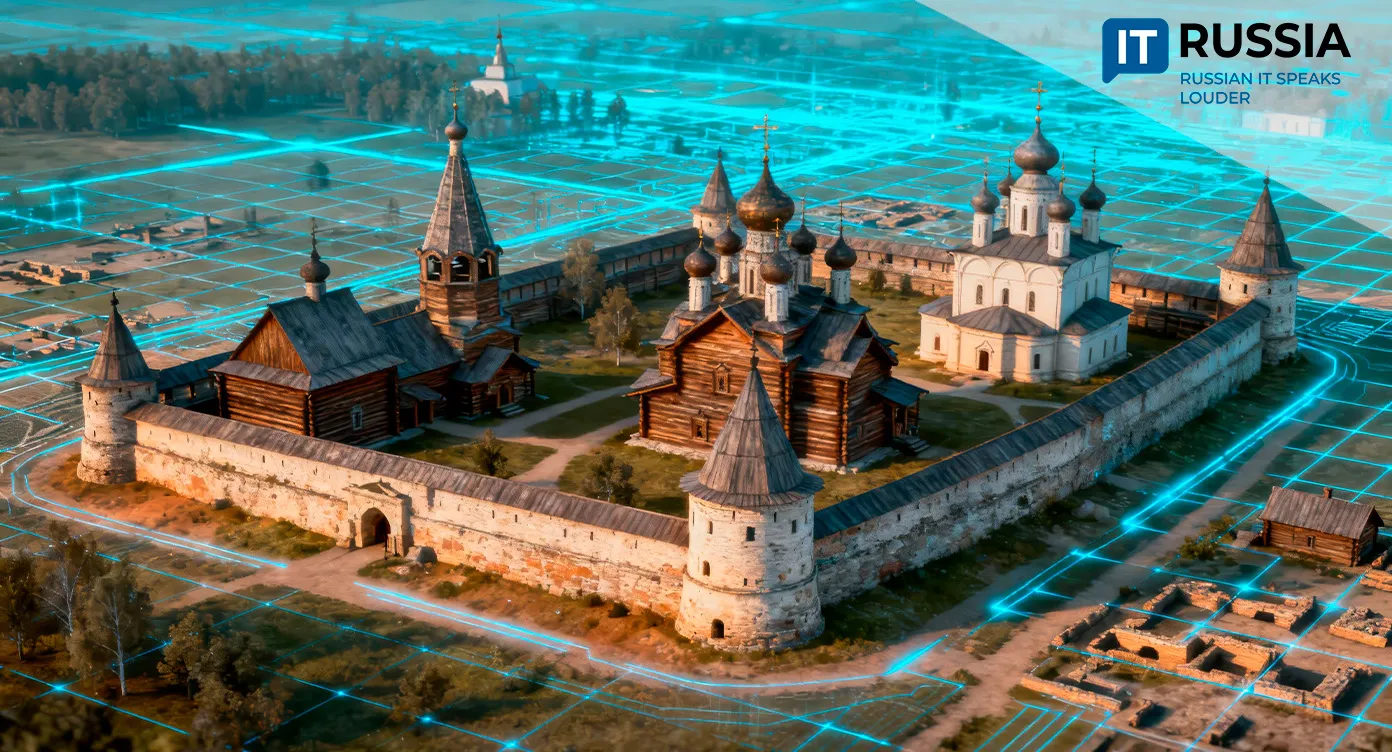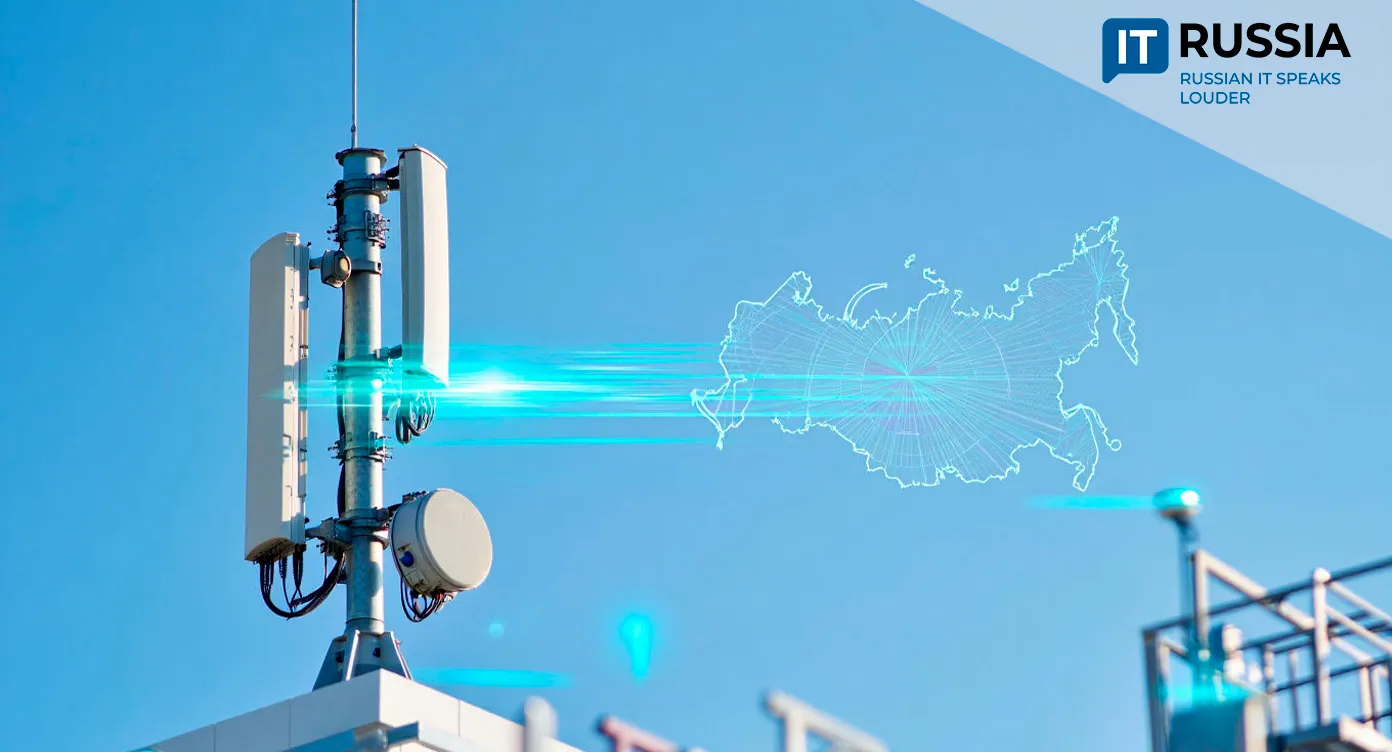The Digital Fishing Rod: Russia Expands Opportunities for Recreational Anglers
Fishing is one of Russia’s favorite pastimes—and a complex ecosystem for regulators. Now, through a wave of digital innovation, the country is building a smarter, more sustainable model of recreational fishing that balances access and conservation.
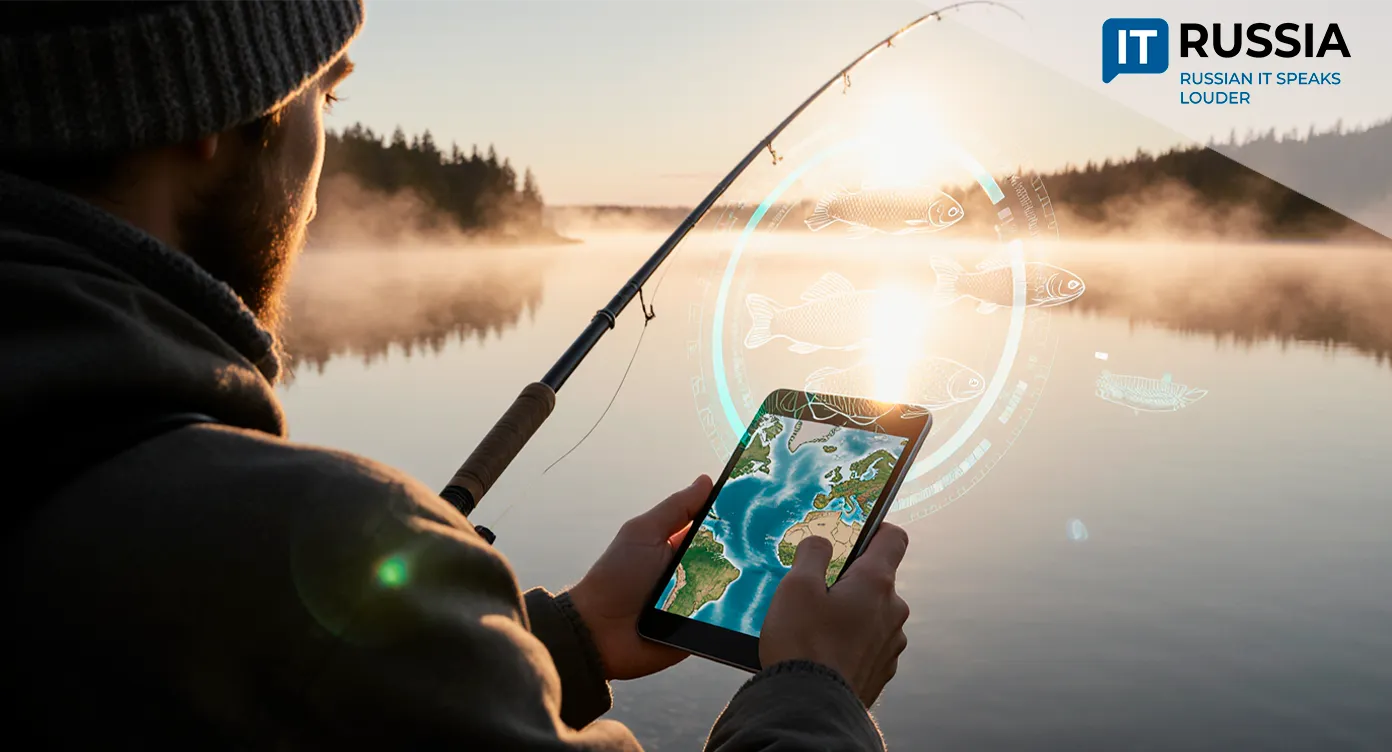
Casting Smarter Lines
Recreational fishing is deeply rooted in Russian culture. According to the Levada Center, nearly 32 million citizens fish for leisure, while for many Indigenous communities, it remains a traditional livelihood. These groups share a common goal: to preserve aquatic biodiversity while maintaining responsible fishing practices.
To support that balance, Russia’s Fisheries Monitoring and Communication Center (CFMC) is digitizing recreational fishing rules through the Hunting and Fishing Trips service. Pilot projects are already live in the Astrakhan and Leningrad regions, with national rollout planned by 2027.
Through Russia’s unified e-government portal (Gosuslugi), anglers now have real-time access to interactive maps showing where, when, and what species can legally be caught. This information will soon integrate into the National Spatial Data System, creating a nationwide digital map of fishing zones. Another innovation—the Electronic Fishing Journal—lets fishing organizers automatically report catch data to the national fisheries monitoring system. After successful trials in Arkhangelsk, the tool is now being tested across regional platforms.
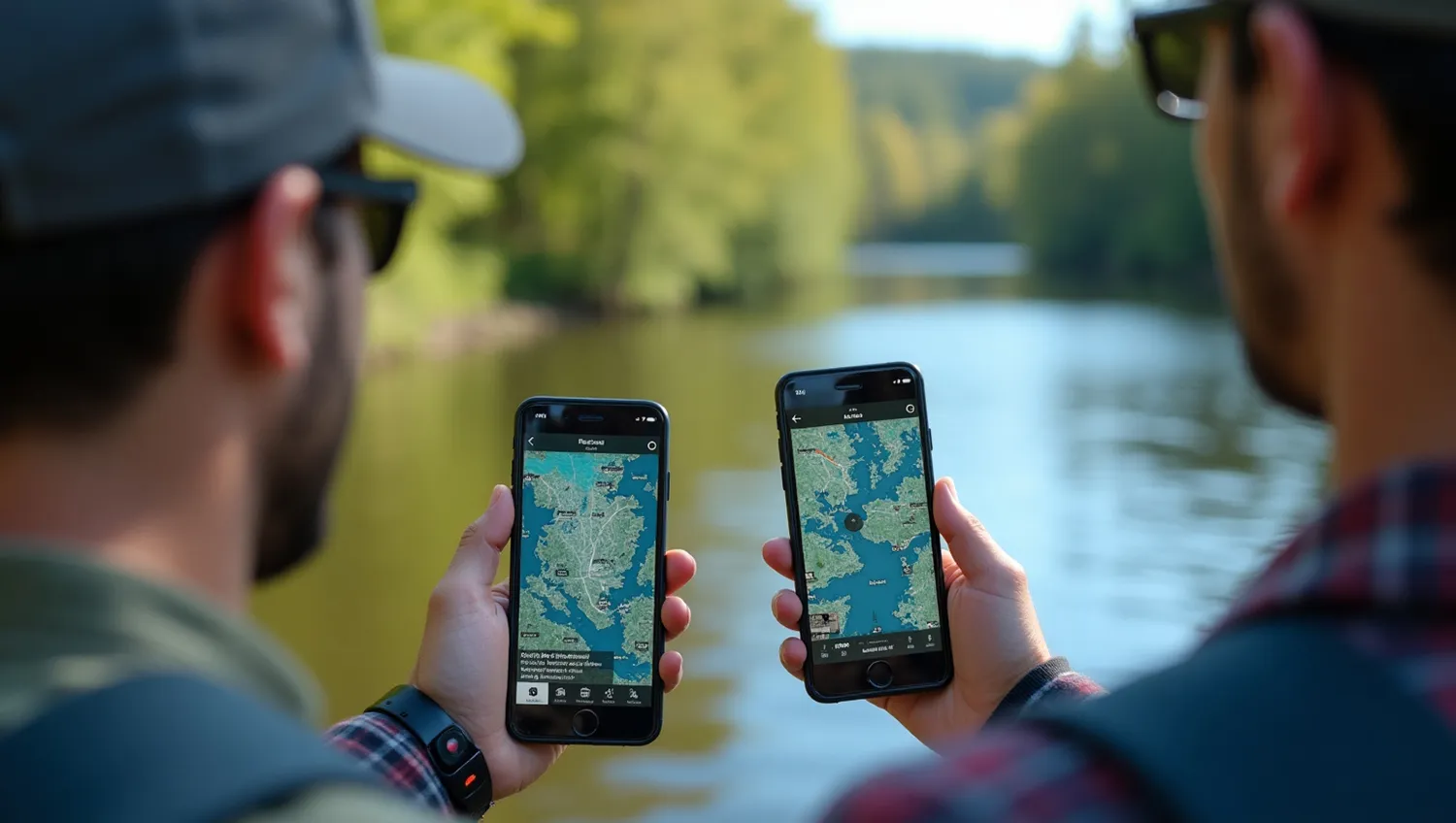
Simpler, Faster, and More Transparent
These services are part of a broader digital transformation of the fisheries sector. What began as small-scale modernization efforts has grown into a national initiative. One early success was the launch of the Klevo Gid (“Good Catch”) mobile app, which provides anglers with clear local guidelines on what species can be caught, in what quantity, and with what equipment.
Today, 90% of the Federal Agency for Fisheries’ operations are automated. The agency delivers over 100,000 public services annually, with 15 of them now available online via the Gosuslugi portal—the most popular being electronic fishing permits.
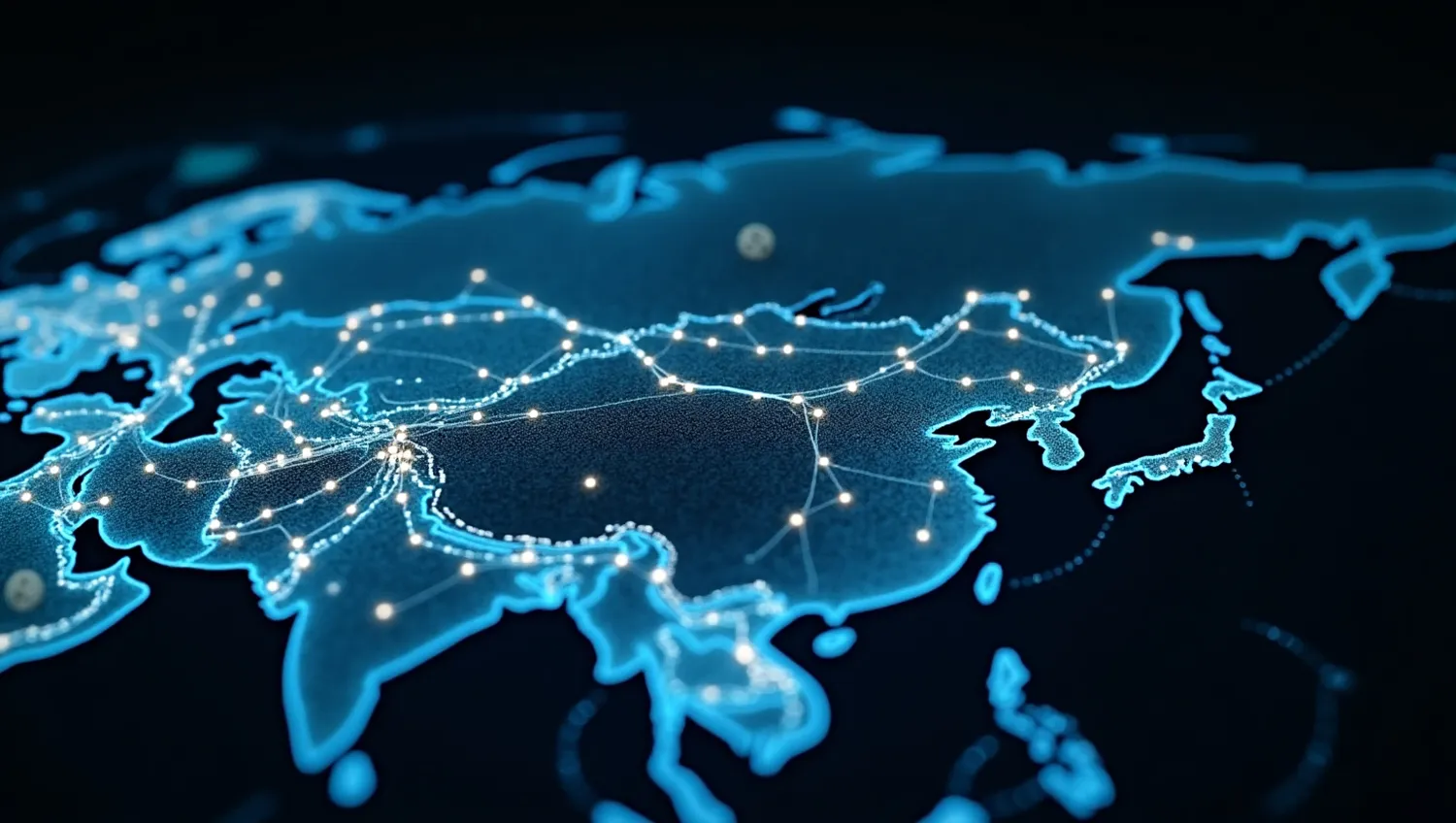
Two major databases—the State Fishery Register and the Fish Protection GIS—have been migrated to the national GosTech digital platform. The move, completed in 2024, enabled the digitization of vast data volumes, dramatically speeding up services such as certificate issuance (which now takes just minutes). GosTech continues to expand these tools, improving access and transparency for users.
Russia’s experience in digitizing recreational fishing may also attract international interest—particularly from countries with strong angling traditions and similar regulatory challenges, such as those in the Arctic region.
Hooked on a Digital Future
The rollout of digital services for anglers marks an important milestone in the evolution of environmental governance. Over the next few years, Russia aims to build a fully integrated digital ecosystem for recreational fishing—one that supports both citizens and ecosystems.
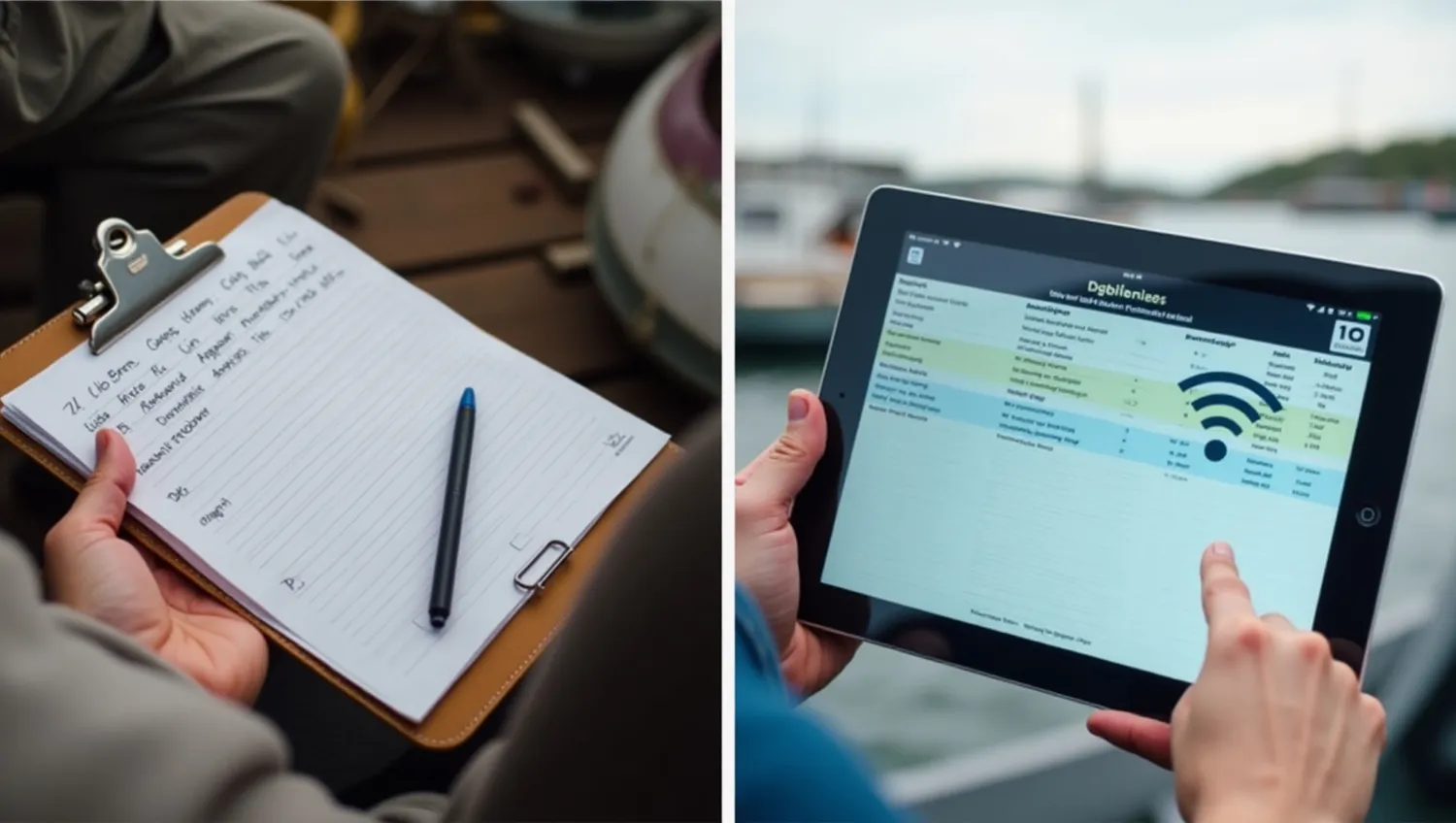
As the culture of fishing evolves, technology is becoming part of the experience itself. These projects strengthen ecological monitoring infrastructure, laying the groundwork for a broader framework of “digital natural resource management.” They also promote a sense of responsibility among anglers, aligning personal recreation with national sustainability goals.


















